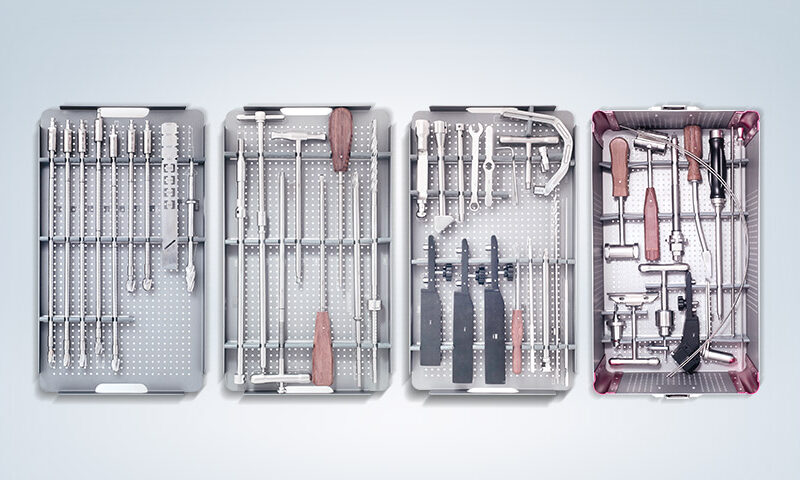
DIFFERENT TYPES OF PLATES USED FOR FRACTURE REPAIR
In your daily life, the mildest pain in bones or joints can disturb you and your routine. So imagine how intense pain it would be if broken bones cause it? Before the birth of fracture fixations, the treatment of broken bones and ligaments was a severe issue for the doctors and surgeons, but since bone fracture surgeries came, they have made healing from a fracture so easier. When you heal from a broken bone, the most significant portion of credit must go to the screws and plates used for fracture surgery because they are the only thing that keeps the bones joined and intact. These plates are used as artificial implants and are attached to the bone with the help of screws on either side. As time passed and technology advanced, many different plates were discovered based on the used metal, uses, shapes, size, etc. Keep reading till the end to know the various types of orthopedic plates.
Types of plates that medical instrument manufacturers make
Before going on to know about the types of plates, there is one thing that you should make clear, and it is that the surgical leaves are entirely different from the bone implants. Plates are used to repair damaged bones, whereas implants replace broken joints or bones. Now let’s move further to know the various types of plates that medical instrument manufacturers majorly produce.
Based on structure
There are three types of plates based on their structures. They differ in the benefits they offer as well as the role they play. Here they are, with a detailed description.
- Dynamic compression plate – These are the most basic type of plates produced by most medical instruments manufacturing companies in India. These plates have holes, and they bring the two edges of a broken bone close to each other to weld them.
- Limited contact dynamic compression plate – This is a bit of a modified form of active compression plate as they pertain less pressure on the bones, and as a result, they deliver less harm to blood vessels. They also promote faster healing.
- Locking compression plate – They differ from standard plates because, in these plates, the screws get locked in them to create a single unit called a fixed-angle device, which helps to reduce plate to bone contact. They contain holes and improve periosteum blood circulation.
Based on function
There are various plates available based on their functions. They can perform different functions and be used in multiple surgeries such as pedicle screw fixation, spine fixation, etc.
- Buttress plates are used at such parts that are more likely to experience greater compression force, such as knees or ankles. These plates can move along with the body. They bring the fracture together at the end of the long bones. They come in L and T shapes and are fixed with the help of screws. The size of the screw and type of plate to be used is decided according to the injury and person’s physics.
- Neutralization plates – These plates cover up your damaged area and allocate the weight through the whole bone evenly. Screws are used with these plates to avoid rotation and bending. These screws also help to fix it at the site of fracture.
- Tension plates – These plates are in wired form, and they are placed to protect the area that is treated. These wires convert the tensile force into compressive force so that the broken bone can withstand these forces.
- Bridging plates – These plates are used in long bones like the tibia or femur that are affected by multi-fragment fractures. As evident by the name, they connect two bones as a bridge and perform the primary function of keeping the condition stable so that they don’t dislocate. They also help in preserving the blood flow to the fractured area so that bones can heal faster.
- Tubular plates are used to treat the fracture of areas with soft tissues, and therefore, they are around 1mm thick. They are usually less effective in terms of stabilizing power compared to other plates.
- Reconstruction plates – These plates are less durable and more flexible. They have notches on both sides and holes in the middle. At the same time, the surgeons using them, bend and tilt them in different directions according to the body structure.
Conclusion
It is now clear that there are so many types of plates based on structure and function used for different purposes, but if you are willing to buy the leaves based on just these two points, you should stop right there! The quality of the plates and screws largely depends upon the manufacturing company, so you should make sure that the company you are choosing is excellent and reasonable. And the other thing is that the surgeons do not use all the plates in a single surgery. There are specifications according to uses, that is why you should make your purpose clear in your mind before buying them.





No Comment